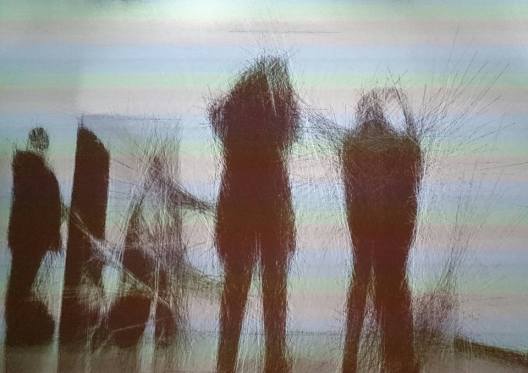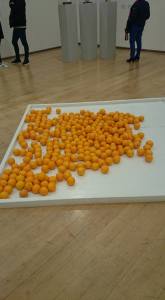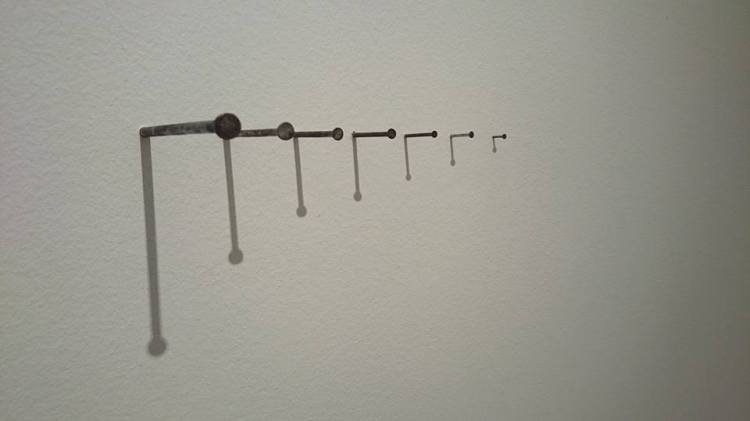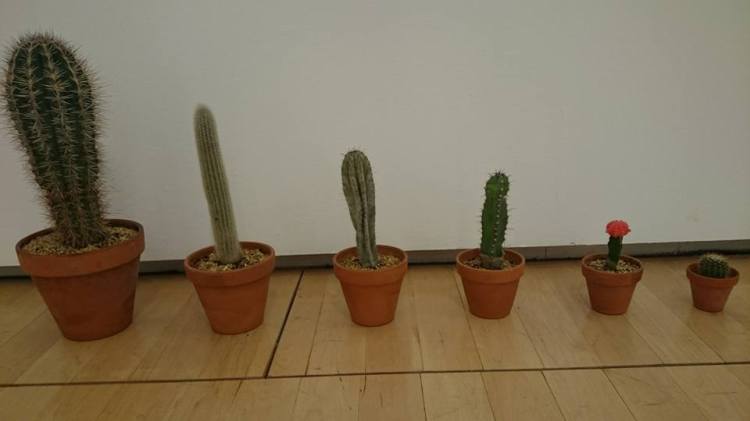This must be a question most art and photography students ask themselves whilst studying, I know I have. This could be as a mature student I have previously worked and am only too aware that bills need paying and children want feeding, once my degree is completed and my student finance has come to an end I will need to earn some money.
Steve McCoy and Stephanie Wynne are a collaborative partnership based in Liverpool, who make a living from their photography, and came into Uni today to talk about their business and how they achieved this. McCoy Wynne work predominately as commercial photographers, with 50% of their work coming from location photography, they also work together on personal projects which are integrated into their business.
They have worked hard on their website which is a showcase for their work, it was important to them to make it user friendly the design works as a contact sheet with ease of use a high priority for both their commercial and personal work. They have built their reputation by using a balance of photography and negotiation skills to politely prove themselves. Whilst they concede that they have had some luck, their success is predominately down to hard work, particularly in the early days when they would knock on doors and make cold calls. They sometimes take advantage of the locations of commissions to work on some of their personal projects, shooting additional images which are logged on various photo library sites such as The National Trust and Millenium, they constantly consider how they can best use their time, thinking about how they can make money from their work.
One of their personal projects which I found interesting is called Triangulation, it is an ongoing project which involves finding the location of various triangulation points in the UK and taking a 360 degrees panoramic image with the camera place on top of the point. This project has removed the need to shot something, somewhere at its best, the viewpoint is dictated by the height of the point and the weather conditions are variable. Introducing themselves as commercial photographers has brought them prejudice from some circles, this is apparent when looking for somewhere to display their personal work but they appear to stay true to themselves, acknowledging that whilst they must earn their livings they can also be actively involved in their local art scene and work on projects which they feel passionate about.
Some of the essential advice received.
* Make sure you keep your copyright, your client has 2 years unlimited personal use of the images, after that you are free to sell again
* Photo’s being stolen from online sources which are sometimes not worth pursuing due to cost implications. Use Tin Eye, backward image search
* Be realistic about your expectations
* Have a story/background to your work and keep working at it
* Photograph things for commissions in a personal way
* Look at the familiar and see how you can portray in a different way
* Does your knowledge of tradition show in your work. Use tradition as a springboard.
McCoy and Wynne were generous in sharing their knowledge and experience with the students who could potentially be their future competition. However after having another look at their website upon returning home, the quality of their work is apparent and it is understandable that they have their market cliental who appreciate the personal viewpoint offered.
The most important advice offered was to learn to justify your own work and in order to convince others that your work is worthwhile you need to be convinced of it.













